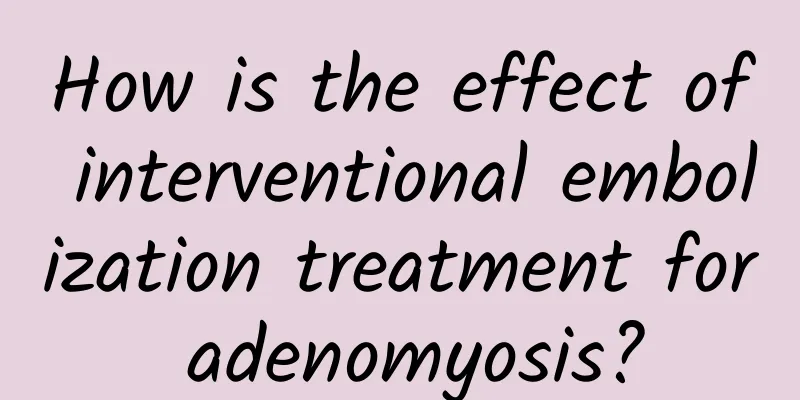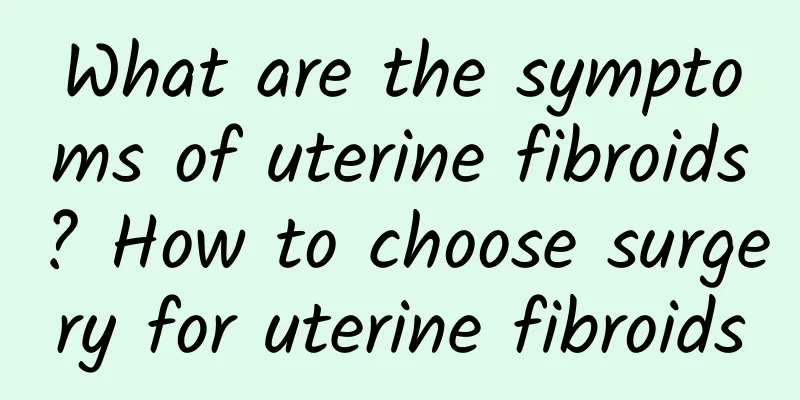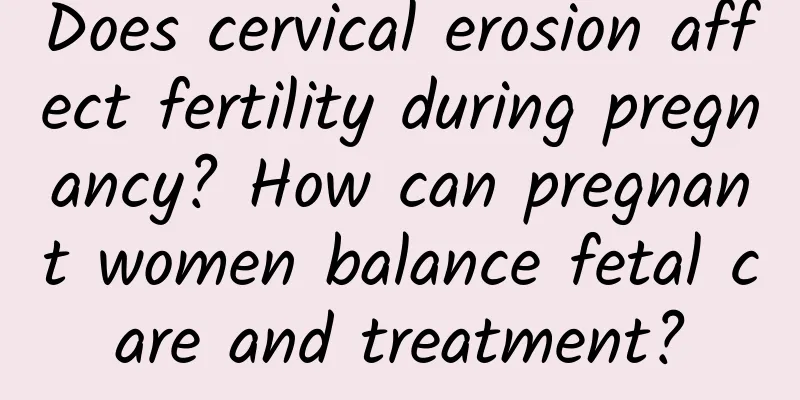How is the effect of interventional embolization treatment for adenomyosis?

|
Interventional embolization for adenomyosis is an effective non-surgical method that relieves symptoms by blocking the blood flow in the uterine artery. Adenomyosis is a disease caused by the invasion of endometrial glands and stroma into the myometrium. Interventional embolization injects embolic agents into the uterine artery through a catheter to reduce the blood supply to the lesion, thereby relieving symptoms such as dysmenorrhea and menorrhagia. A detailed evaluation is required before treatment, including imaging examinations such as ultrasound and MRI to ensure indications and safety. 1. The indications for interventional embolization therapy include patients who are ineffective with drug therapy, unwilling to undergo surgery, or with high surgical risks. The treatment process is usually performed under local anesthesia. A catheter is inserted through femoral artery puncture, and the embolic agent is injected into the uterine artery to block the blood supply to the lesion. 2. The treatment effect is significant. After treatment, most patients have significantly improved symptoms of dysmenorrhea and menorrhagia, and their quality of life has improved. Studies have shown that the effective rate of interventional embolization treatment can reach more than 80%, and the recurrence rate is low. 3. The recovery period after treatment is short, and patients usually return to normal life within 1-2 weeks. Mild abdominal pain, fever and other side effects may occur after surgery, but most of them will resolve on their own within a few days. Pay attention to postoperative follow-up and regular reexamination to evaluate the treatment effect and monitor the risk of recurrence. 4. The advantages of interventional embolization are small trauma, fast recovery, and preservation of uterine function, which is especially suitable for patients with fertility needs. However, for severe cases or patients with other gynecological diseases, surgery or other treatment methods are still needed. Interventional embolization therapy for adenomyosis is a safe and effective option that can significantly improve symptoms and enhance quality of life, but the treatment plan must be tailored to individual circumstances and performed under the guidance of a professional physician. |
<<: What to check for cervical erosion
>>: Causes of cervical hypertrophy retention cysts
Recommend
What to do if you have severe cervical precancerous lesions
As our quality of life continues to improve, our ...
What are the symptoms of shrinking uterine fibroids?
Uterine fibroids are a common gynecological disea...
What tissues form uterine fibroids? How are uterine fibroids formed? What are the causes?
What tissues make up uterine fibroids? How do ute...
What foods are good for uterine fibroids in a week? How big will uterine fibroids grow in a week?
Uterine fibroids are benign tumors that often occ...
How to take care of yourself after myomectomy? Precautions for myomectomy
Uterine fibroids are one of the most common benig...
Coffee isn’t the only thing that can keep you energized, these five foods are the magic weapons! Nutritionist: Oats fight fatigue, nuts are good for strength
Starting every morning with a cup of "black ...
How many days of pregnancy can I detect an ectopic pregnancy? It can be detected about 40 days after menstruation
As the saying goes, "Women are weak, but str...
Is ovarian cyst a serious disease?
Whether ovarian cysts are serious depends mainly ...
How to relieve the feeling of leg pain and soreness during menstrual cramps? What to do when your legs hurt during menstrual cramps?
How to describe the feeling of leg pain during me...
How can female friends identify the symptoms of ovarian cysts?
What are the symptoms of ovarian cysts? Ovarian c...
How to effectively treat scanty menstruation? Understand the cause and treat it accordingly
When I saw this question, I felt that most women ...
Department of Health announces different nutritional intake priorities based on age
The Food and Drug Administration of the Departmen...
How is endometriosis diagnosed?
For women, some gynecological diseases are the mo...
Research progress on hyperprolactinemia
When it comes to hyperprolactinemia, many people ...
Ectopic pregnancy is basically caused by the fertilized egg migrating out of the uterus
Ectopic pregnancy is basically caused by the fert...









